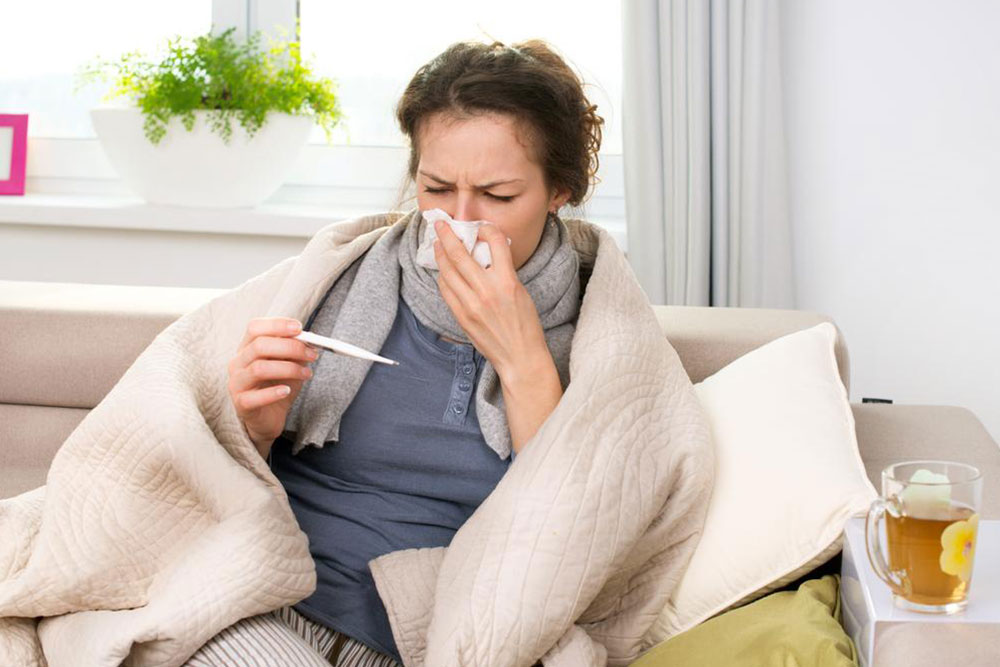Comprehensive Guide to Common Allergies: Causes, Symptoms, and Prevention Methods
This comprehensive guide explores common allergies, their causes, symptoms, and effective prevention strategies. It emphasizes environmental control, early diagnosis, and personalized management plans to help individuals reduce allergic reactions and improve quality of life. Learn how to identify triggers such as pollen, dust mites, mold, pet dander, insect stings, latex, foods, and medications, and discover practical tips to avoid exposure and manage symptoms effectively.

Comprehensive Guide to Common Allergies: Causes, Symptoms, and Prevention Methods
Allergies represent a complex immune system response to substances that are generally harmless to most individuals. These reactions can vary from mild discomfort to life-threatening conditions, significantly impacting quality of life. For example, peanuts are a safe snack for most but can cause severe allergic reactions in some people, sometimes leading to anaphylaxis, a potentially fatal condition. Understanding the nature of allergies, identifying common triggers, and adopting effective prevention strategies are essential steps in managing this widespread health issue.
The human immune system’s primary function is to protect against foreign pathogens such as bacteria and viruses. However, in allergic individuals, this system becomes hypersensitive, misidentifying benign substances as threats. When exposed to such allergens, the immune system releases chemicals like histamines, which lead to the symptoms associated with allergic reactions.
Symptoms of allergies can manifest in various ways, including sneezing, itching, skin rashes, nasal congestion, asthma, swelling, and even more severe respiratory or systemic reactions. These signs might appear immediately or develop over time, and their severity can range from mild irritation to potentially fatal emergencies. Hence, it is crucial for individuals to recognize signs of allergies and seek appropriate treatment and prevention measures.
Once diagnosed with allergies, most management strategies rely on medications, immunotherapy, and avoiding known triggers. Personalized allergy management plans can significantly improve quality of life and reduce the risk of severe reactions. Below are detailed insights into common allergy types and practical prevention tips:
Pollen allergy: Often called hay fever, pollen allergies cause symptoms like sneezing, a runny nose, itchy and watery eyes. These symptoms tend to worsen during windy days, especially in spring and fall. To minimize exposure, stay indoors during peak pollen times, keep windows closed, and use air purifiers with HEPA filters. Showering after outdoor activities and washing hair regularly also help remove pollen particles.
Dust mite allergy: Dust mites are microscopic creatures living in household dust, particularly in bedding, upholstery, and carpets. Symptoms include sneezing, nasal congestion, coughing, and itchy eyes, persisting year-round. To prevent reactions, use dust mite-proof mattress and pillow covers, wash bedding weekly in hot water, and vacuum carpets regularly with a HEPA filter vacuum cleaner. Maintaining a low indoor humidity level (below 50%) also discourages dust mite proliferation.
Mold allergy: Mold thrives in damp environments such as basements, bathrooms, and poorly ventilated areas. Exposure can cause sneezing, nasal congestion, and asthma exacerbations. Reducing moisture through dehumidifiers and ensuring proper ventilation can significantly limit mold growth. Cleaning moldy surfaces with appropriate fungicides and repairing leaks promptly are vital measures for mold control.
Animal dander allergy: Pet saliva, urine, and dander can trigger allergic responses in sensitive individuals. Common pets like cats and dogs shed skin flakes that contain allergens. To manage symptoms, limit pet access to bedrooms, use high-efficiency filters, and bathe pets regularly. Creating pet-free zones and frequently cleaning living spaces can help reduce allergen levels.
Insect stings: Bites and stings from bees, wasps, hornets, and fire ants can cause immediate allergic reactions, including swelling, hives, difficulty breathing, or anaphylaxis. People with known insect allergies should carry emergency epinephrine auto-injectors and avoid provoking insects. Wearing protective clothing during outdoor activities and avoiding sweet foods or fragrances that attract insects also helps prevent stings.
Latex allergy: Found in items like balloons, rubber gloves, and certain medical devices, latex allergies can trigger skin reactions or respiratory symptoms. Individuals with latex allergy should avoid using latex-containing products and opt for latex-free alternatives. Hospitals and workplaces must ensure the availability of latex-free supplies for sensitive users.
Food allergy: An overreaction of the immune system to foods like peanuts, tree nuts, shellfish, dairy, or eggs can cause severe symptoms, including life-threatening anaphylaxis. Identifying food allergens through testing and reading food labels diligently is critical. Carrying an epinephrine auto-injector and informing restaurants about allergies are important preventive steps.
Drug allergy: Allergic reactions to medications such as penicillin or other antibiotics require careful medical oversight. Patients should inform their healthcare providers about known drug allergies and always review medication lists. Alternatives should be prescribed when possible, and medical alert bracelets can help communicate allergy information in emergencies.
Through a combination of awareness, environmental control, and medical treatment, individuals can effectively manage common allergies and minimize their impact on daily life. Consulting an allergist for proper diagnosis and personalized management plans is highly recommended for those experiencing recurrent or severe allergic reactions.





